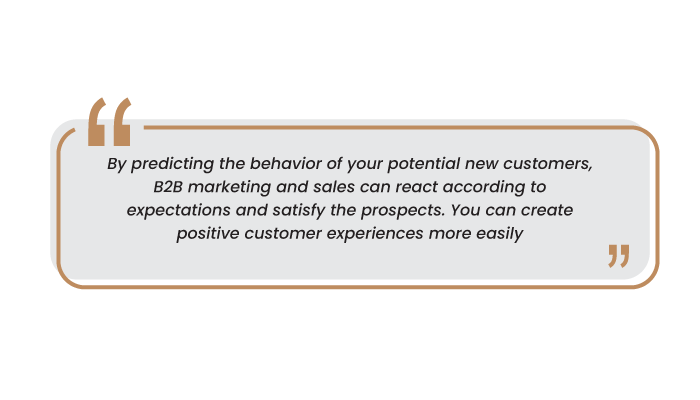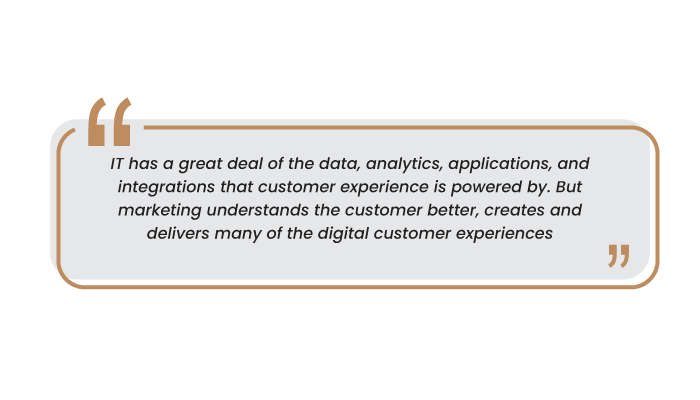< Back to insights
Published 02. Mar. 2021
How to Fully Utilize Data for Improved Customer Experience
The impression your brand and organization leaves with customers is critical in boosting loyalty and revenue. Discover how to employ advanced analytics for smarter customer experience.
Every great business recognizes the importance of customer experience (CX) – a critical strategy in engaging and retaining customers to your brand.
With the e-commerce landscape booming amidst impacts from COVID-19, it’s apparent that CX has transcended through both digital and physical sales channels, and is a key competitive differentiator for brands.
But with the extensive research and analyses on achieving great customer experience, why is CX still an ongoing concern for businesses?
THE CX CHALLENGE
People want to be treated well – that is the main concept behind great customer experience, or as described by Forbes, the core of CX is “the simple idea of people wanting to feel seen, known, and appreciated by the companies they’re buying from.”
However, as straightforward as it may sound, it’s becoming harder for companies to achieve the customer experience that consumers expect due to:
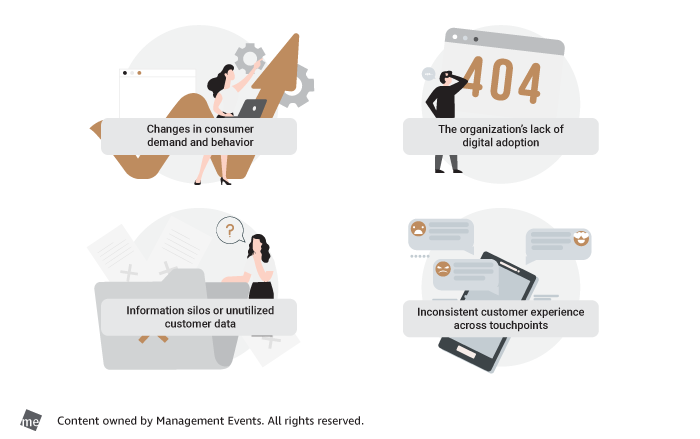
Customer touchpoints are especially significant as these are the areas in the customer journey where the consumer interacts with your brand, and have a direct impact on their overall experience.
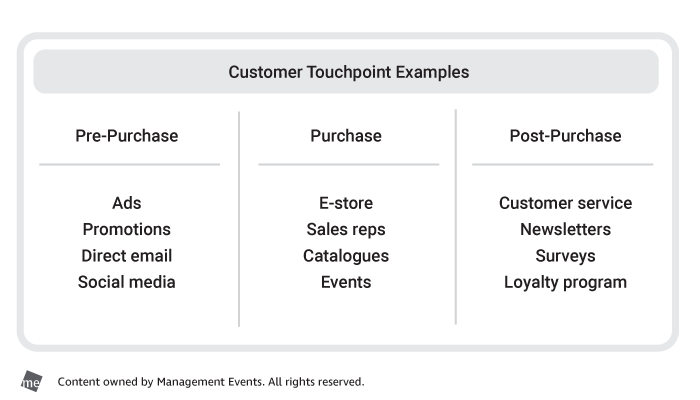
According to customer service provider, Help Scout, “a poor experience at one touchpoint can easily degrade the customer’s perception of multiple positive historical experiences at other touchpoints.” And Qiigo claims that it can take between 13 to 20 touchpoints, or touches, to convert a prospect into a customer.
Fortunately, as businesses become more digitized, it’s much easier to identify customer behavior patterns and to improve touchpoints in their journey.
However, the amount of raw data available combined with the challenge of analyzing and acting on customer insights are factors as to why organizations are still lacking in quality customer experience.
PREDICTIVE ANALYTICS IN CX
Unlike prior generations, the consumers of today have higher expectations and a clear idea of what they want and how they want companies to deliver it to them.
But 71% of consumers are still receiving “An offer that clearly shows they do not know who I am” while 41% are seeing “Mistakes made about basic information about me.”
Such errors are taken as signs that the brands are ‘intentionally’ not placing importance on their customers when actually, it shows that organizations are not using their customer data to the fullest potential.
Pre-Purchase, Purchase and Post-Purchase
By leveraging data and artificial intelligence (AI), companies can improve all stages of their CX journey.
One example given by Capgemini showed how Amazon used AI and predictive analytics, before the browsing prospects even made a purchase, to:
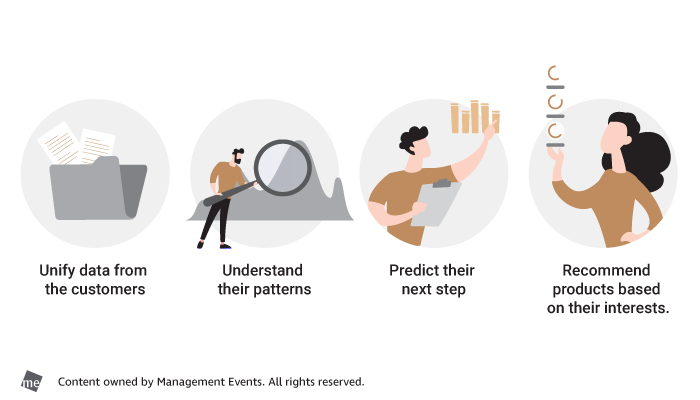
Qymatix Solutions also emphasized the cruciality of using predictive analytics in the pre-purchase and purchase stages through predictive lead scoring while utilizing churn and cross-selling predictions in the post-purchase phase.
Micro-Segmentation and Personalization
In the past, segmentation was sufficient to deliver an ‘adequately personalized customer experience’, but today, brands need to micro-segment their potential consumers for hyper-personalization.
Using machine learning, predictive modeling and data mining, predictive analytics help to:
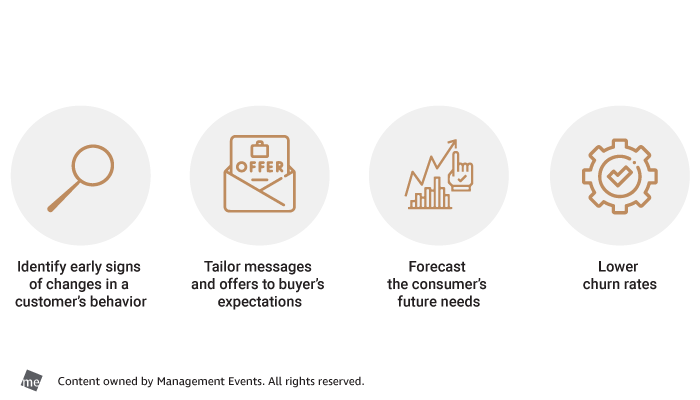
In a use case by Wavicle Data Solutions, a restaurant chain’s consumers were segmented into multiple groups and clusters based on gathered data. Following that, “predictive analytics and machine learning created both macro and micro-segments of customers, with matching customized offers for each audience”.
At the end of their process, the restaurant chain was able to develop personalization and loyalty programs that engage customers with more customized offers and meaningful messages, increase customer retention, and grow revenue.
Resource Efficiency For Higher CX
Aside from giving consumers exactly what they need, predictive analytics also help in the efficient allocation of your resources.
For instance, a coffee shop saved 38% of their marketing costs by predicting which of their customers were more likely to churn and sending them targeted offers to convert them into loyal customers.
Other examples, given by MarTech Series, show how predictive analytics can reduce resource wastage and streamline costs by planning staffing levels in advance for smoother and more timely customer experience, and upgrade delivery timelines by conveying transport route adjustments for on-time deliveries.
These efficiency strategies not only lead to savings for the company, but also ultimately improve the interactions and experience of the consumers.
But predictive personalization cannot be made without quality data, and data strategy is where some organizations face roadblocks.
MAPPING ORGANIZATIONAL DATA JOURNEY
While businesses often map out their customer journey, companies should also map out their internal data journey, which can involve multiple functions and C-suites, to determine weak areas in the sharing of their CX data.
For instance, are there information silos between the business departments? Which function has decision authority over data?
In a CX team proposed by TechTarget, the Chief Customer Officer (CCO) is responsible for the customer experience metrics and research while the Chief Experience Officer (CXO) “creates customer journey maps that use data to predict future consumer actions”.
On the other hand, Dion Hinchcliffe, Vice President and Principal Analyst at Constellation Research and Brian Hopkins, Vice President and Principal Analyst at Forrester Research, both talked about data-sharing and partnerships between different C-suites.
Hinchcliffe mentioned that the Chief Information Officer (CIO) and Chief Marketing Officer (CMO) each have a vital part to play in delivering quality customer experience.
Meanwhile, Hopkins believes that the Chief Data Officer (CDO) and CIO can form a powerful partnership to drive data strategy, where IT supports the CDO to maximize the impact of customer data.
To quote Hopkins, “The bottom line is that control over data is neither a pure tech decision nor a pure data decision.”
With more specialized C-level roles and functions emerging, organizations need to tear down data silos and establish active communication between all business functions for a joint effort towards better customer experience.

